Vietnam-Germany Hospital, considered Vietnam’s largest surgical center, is looking forward to being able to carry out the head transplant, deputy director Trinh Hong Son told a seminar on Tuesday morning.
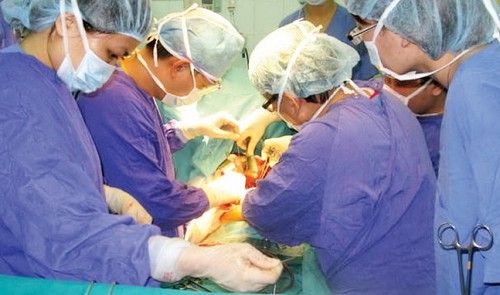

Vietnam-Germany Hospital, considered Vietnam’s largest surgical center, is looking forward to being able to carry out the head transplant, deputy director Trinh Hong Son told a seminar on Tuesday morning.

Robots aren’t going to replace us, but by working hand in hand with us they will redefine what it means to be human.
The year is 2025. You’re sitting in a surgery watching your doctor carefully insert the tips of her fingertips into black thimble-like actuators.
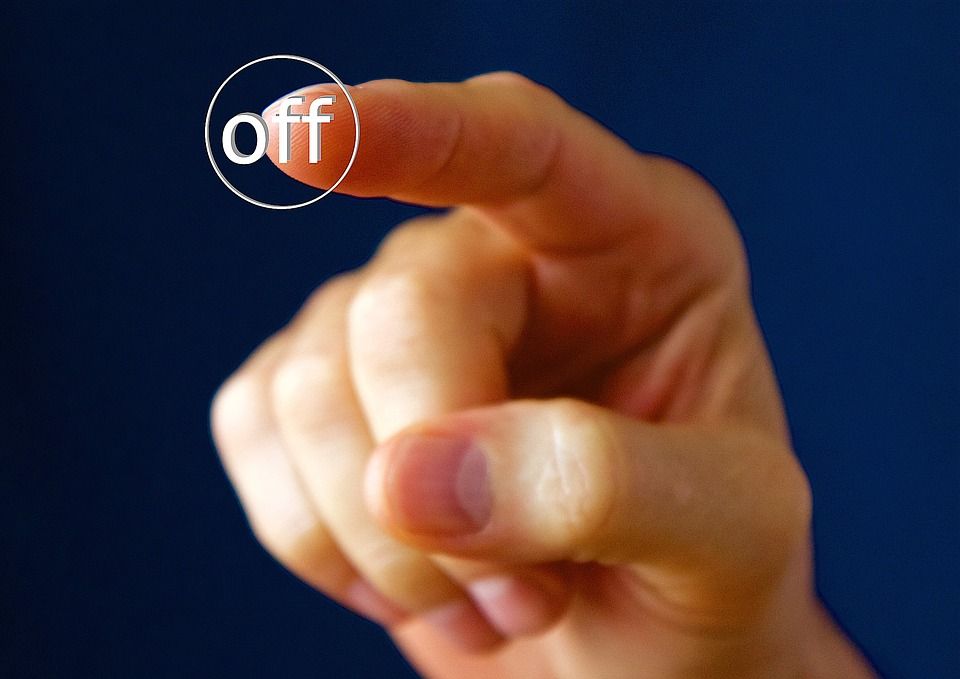
CRISPR, CRISPR, CRISPR. We’ve all heard about it’s gene editing capability, but it has potential to do so much more — controlling genes and offering a precise delivery system.
More than an editing platform
The CRISPR-Cas9 system does a wonderful job, partly because it targets genes so specifically. It’s not the only system that does this, but it’s the cheapest and easiest to create so far. For those with imagination however, this targeting quality means it could do so much more than simply snip away at sequences. Targeting promoter sequences, delivering a payload to a specific region of DNA…the platform has enormous potential.
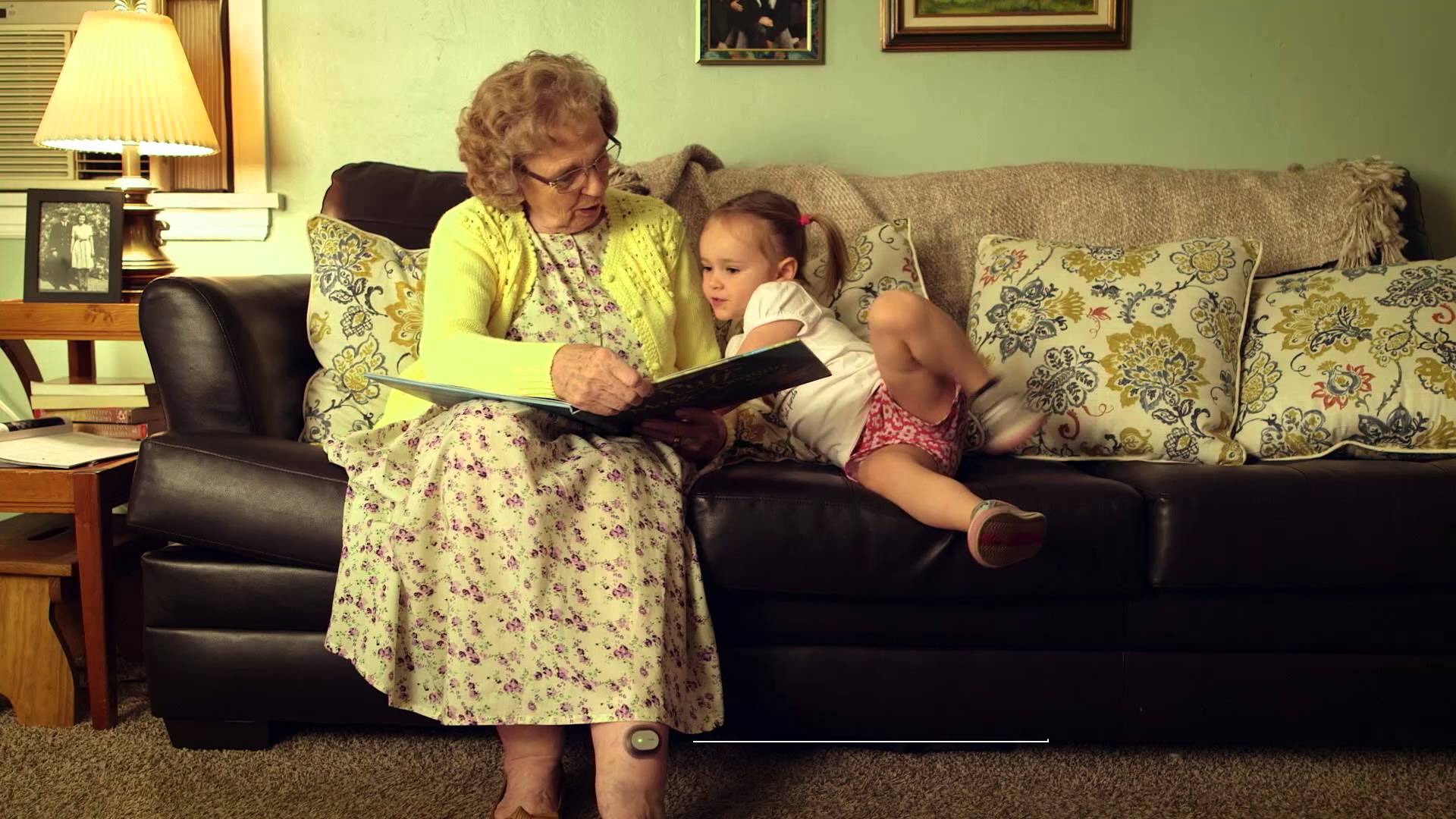
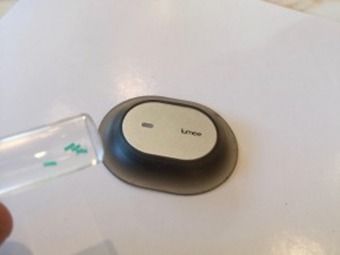 Last week at CES, South San Francisco based Profusa showed off an upcoming injectable sensor that can be used to continuously monitor oxygen levels in tissue. Measuring only five millimeters long and a tiny 250 microns in diameter, the biosensor can be injected into tissue with just a hypodermic needle. It consists of a soft hydrogel scaffold that allows it to be biologically compatible with the surrounding tissue without any foreign body response. The sensor also contains a special chemical marker that changes fluorescence depending on the amount of oxygen that reacts with it. An optical reader placed on the skin measures the fluorescence and relays the data to a smartphone. The biosensor can last as long as two years (at which point the chemical marker begins to lose its potency), and because it contains no electronics and is completely biocompatible there’s no need to remove it.
Last week at CES, South San Francisco based Profusa showed off an upcoming injectable sensor that can be used to continuously monitor oxygen levels in tissue. Measuring only five millimeters long and a tiny 250 microns in diameter, the biosensor can be injected into tissue with just a hypodermic needle. It consists of a soft hydrogel scaffold that allows it to be biologically compatible with the surrounding tissue without any foreign body response. The sensor also contains a special chemical marker that changes fluorescence depending on the amount of oxygen that reacts with it. An optical reader placed on the skin measures the fluorescence and relays the data to a smartphone. The biosensor can last as long as two years (at which point the chemical marker begins to lose its potency), and because it contains no electronics and is completely biocompatible there’s no need to remove it.
On stage at the CES Digital Health Summit, Profusa CEO Dr. Ben Hwang gave a live demonstration of how the sensor works in action. As two of his colleagues with the sensors implanted and using a blood pressure cuffs performed stretches to simulate changes in blood flow, a graph displayed the live view of the changing tissue oxygen levels at the site of the sensors.
We had the opportunity to talk to Dr. Hwang after his talk, and he shared that the first application of the sensor is the Lumee Oxygen Sensing System, which is designed to monitor oxygen levels during the wound healing process. Sufficient oxygen flow through a wound is vital to the healing process, and Lumee can detect low oxygen levels early in the healing process and even before treatment or surgery begins.
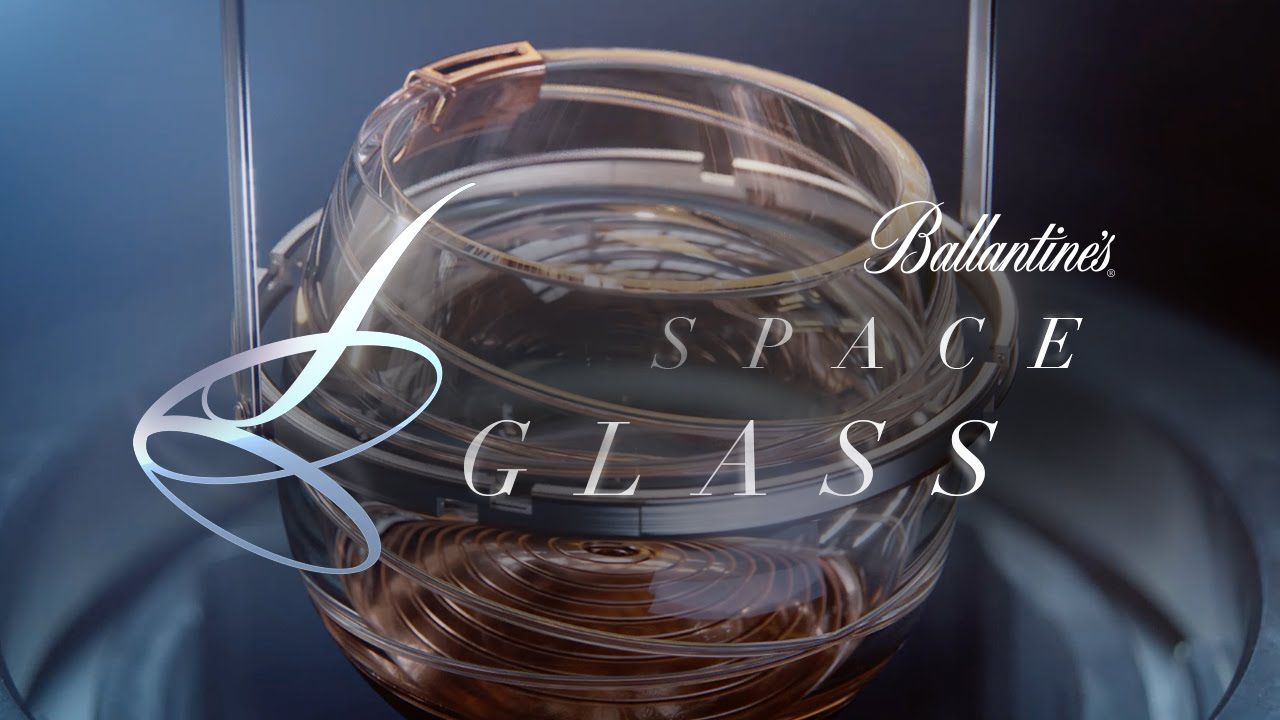
Anyone offended by the prospect of drinking fine whiskey inside sealed space packs with straws after Suntory sent its finest variety to the ISS for testing? Don’t worry: Ballantine’s got your back. The liquor company has commissioned Open Space Agency’s James Parr — who also created a Lumia-powered 3D-printed telescope in the past — to design a high-tech whiskey glass especially for zero-G environments. He tested a number of designs before settling on a rounded glass with a spiral convex stainless steel base plated in rose gold that can create the surface tension necessary to hold the liquor down. The liquid then passes through channels on the sides of the glass all the way up to the golden mouthpiece.
The “glass” part itself is actually 3D-printed medical-grade PLA plastic, the same kind used for heart valves. Since everything tends to float in microgravity, the base hides a 22-pound magnet that can be used to stick the glass on magnetic surfaces. Plus, it has a one way valve where a customized whiskey bottle nozzle can be inserted to pour out a shot. Parr and Ballantine published more details about the design process on Medium, if you’d like to read more about how the “space glass” was created. Sure, it could be nothing but a marketing stunt, but it’s amazing how much thought went into designing a whiskey glass. It’s unfortunate that most of us might never get to use it in its intended environment; good thing the final product at least looks fancy enough to display.
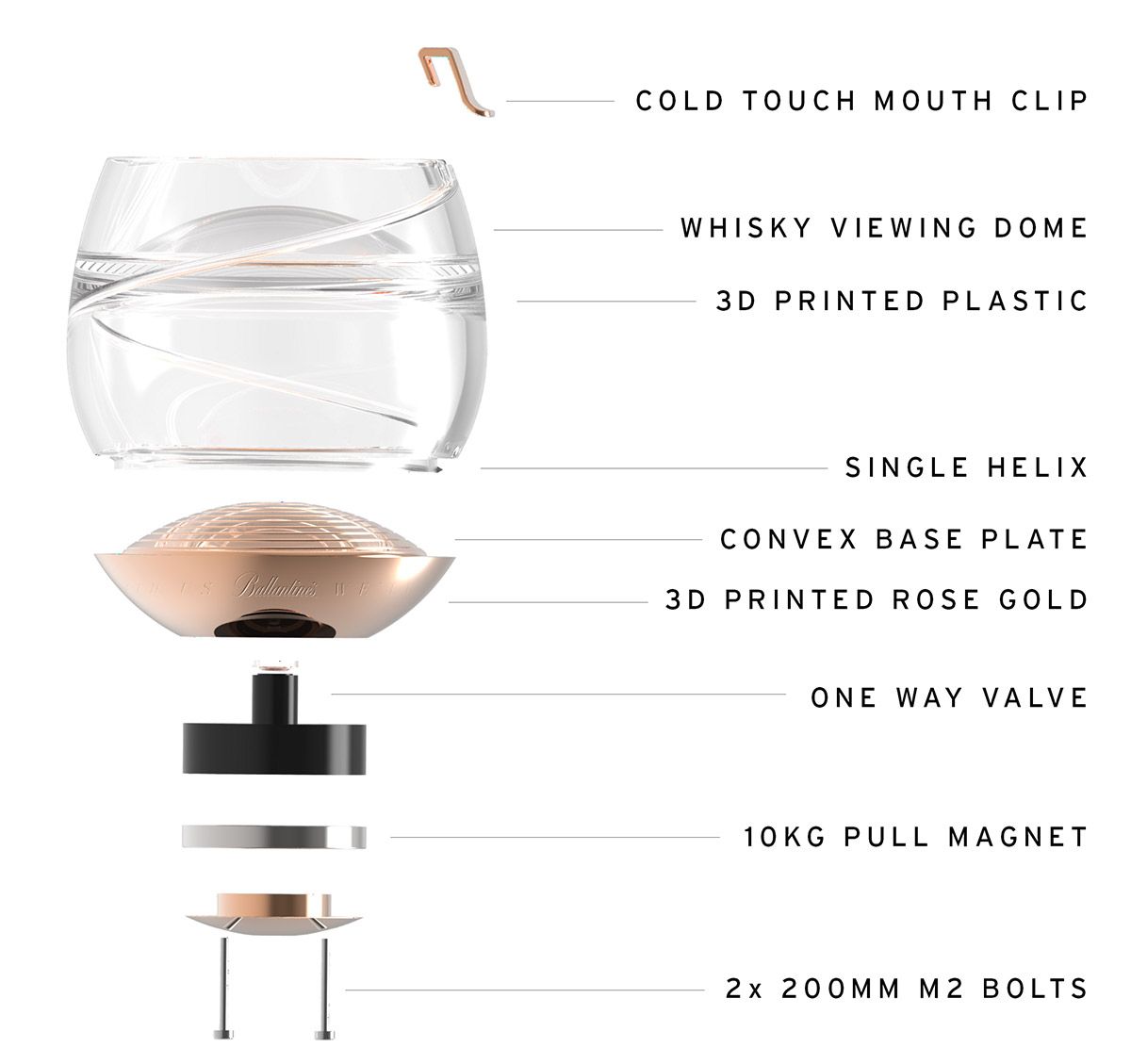

Early detection by Grail (leveraging illumina’s gene sequencing technology) looks promising. This truly will be beneficial for early detection. And, I will be very interested in seeing how it benefits those who are genetically pre-disposed to cancer related gene mutations especially around Esaphogus, Glioblastoma, and Pancreatic cancers since these are often hard to detect in their earliest stages.

Human organs are being grown inside sheep and pigs in a bid to save the lives of those on organ donation waiting lists.

A nice telomerase overview. I’m spoiling the end: “I think it’d be great if the cure for aging came out of the land of the hobbits.”
Dr. Bill Andrews is the creator of TAM-818, the world’s most powerful anti-aging active ingredient. TAM-818 is only found in One Truth 818 serum. For more information or to purchase visit http://www.tam818.com/
William Henry “Bill” Andrews, Ph.D. is an American molecular biologist and gerontologist whose career has centered on searching for a cure for human aging. Andrews is the founder and president of the biotechnology company Sierra Sciences. In 1997, he led the team at Geron Corporation that was the first to successfully identify human telomerase.
William H. Andrews: https://en.wikipedia.org/wiki/William_H._Andrews_%28biologist%29
Facebook: https://www.facebook.com/agingreversed
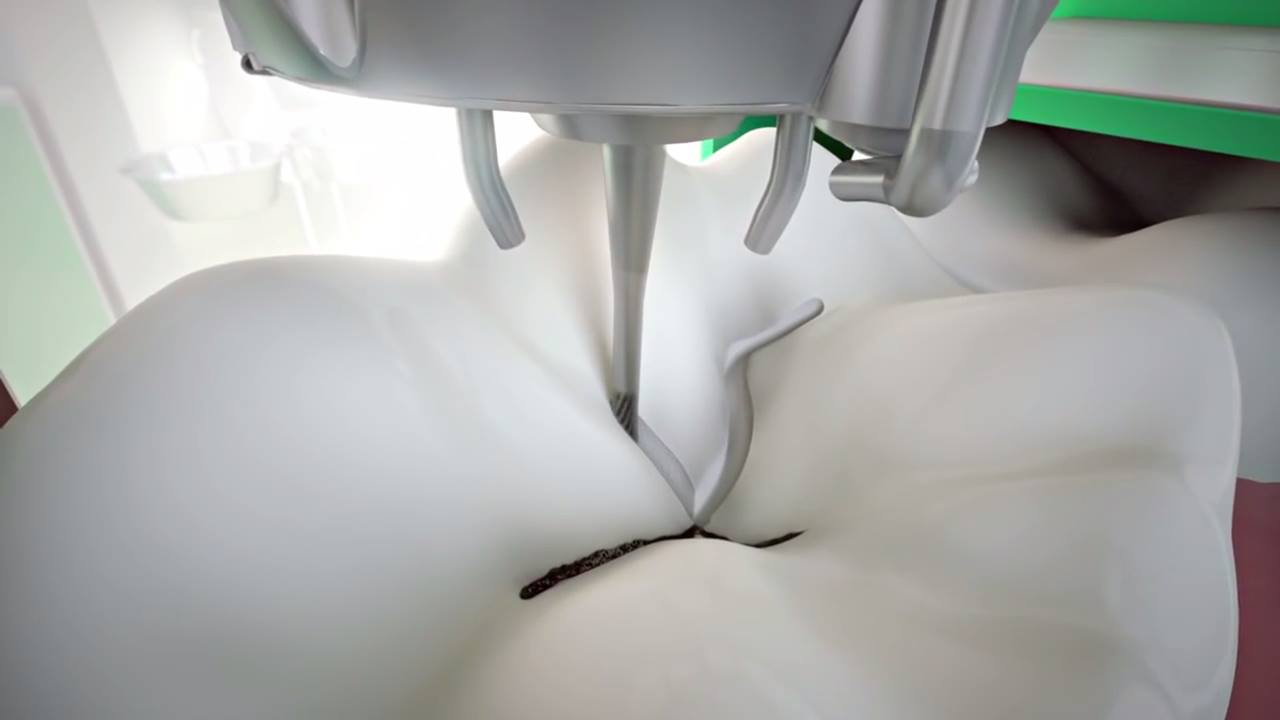
This unit could clean your dental cavities with a remote-controlled system. ~ http://on.fb.me/1Ri2Htm
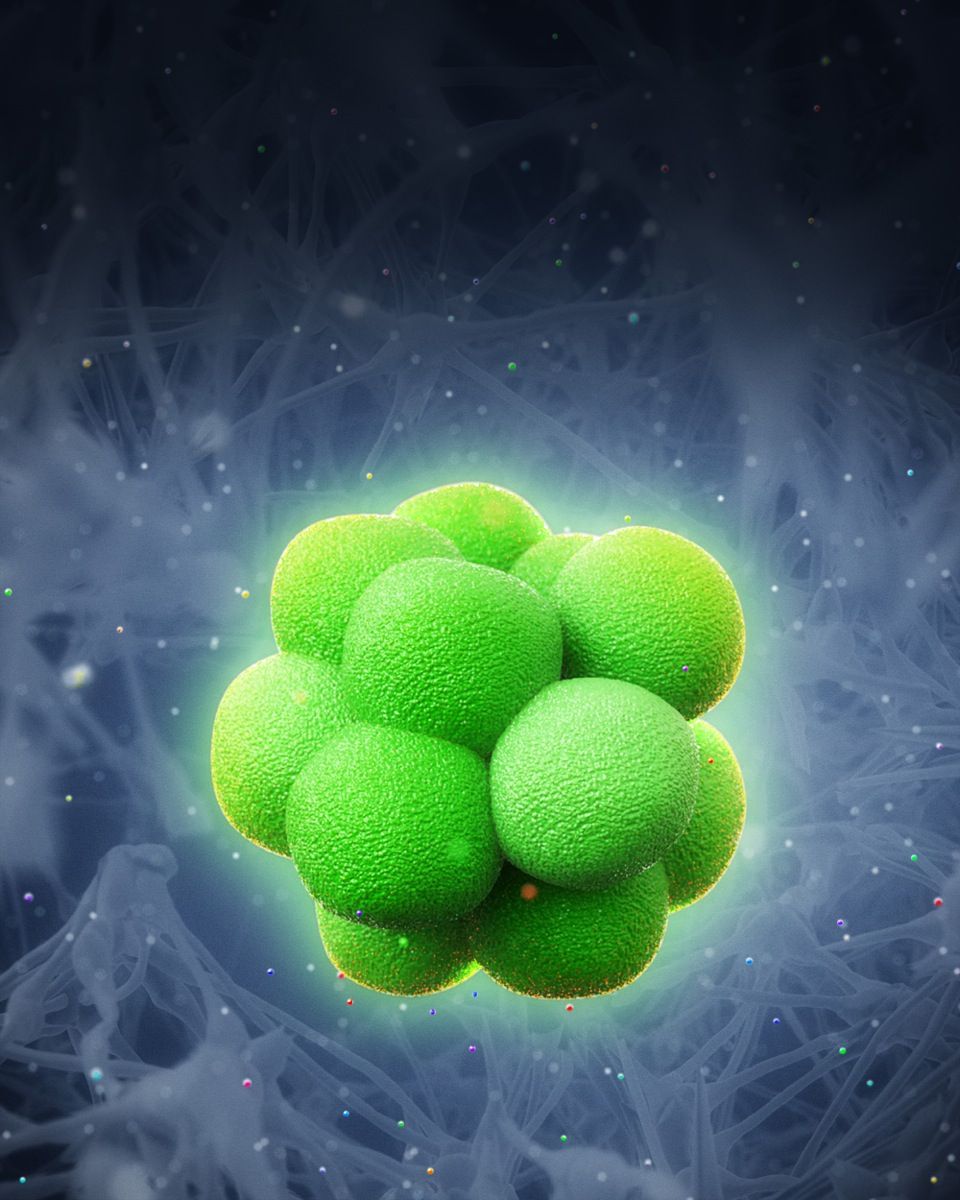
EPFL scientists have developed a new method that turns cells into stem cells by “squeezing” them. The method paves the way for large-scale production of stem cells for medical purposes.